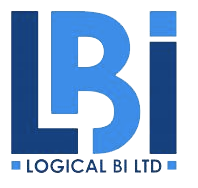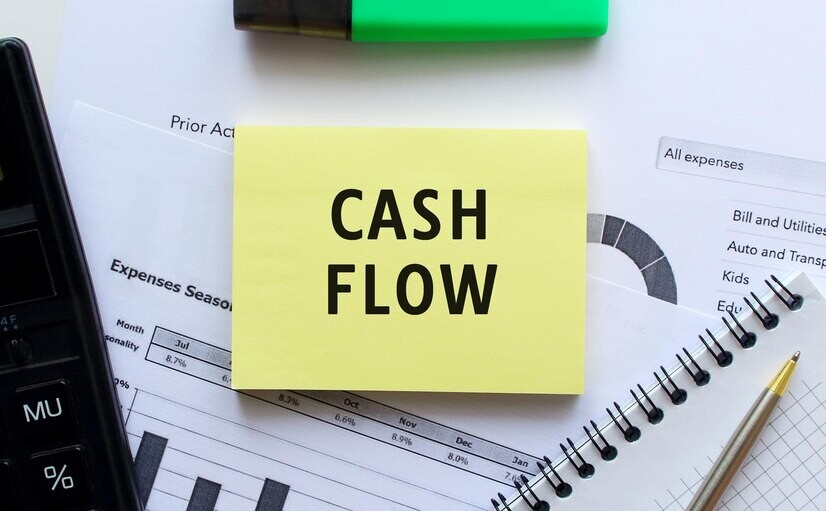Cash flow is the lifeblood of your business. It’s what allows you to pay employees, suppliers, and other creditors on time so that you can continue doing business. However, many small-business owners don’t really appreciate how cash flow works or how to improve their cash flow situation. Here’s a basic introduction to cash flow and the key terms you need to know.
What is Cash Flow?
Cash flow is the movement of cash in and out of your business. It’s calculated by taking your total revenue and subtracting your total expenses for a given period. This gives you your net income or loss for that period.
You can also think of it as the “lifeblood” of your business because it allows you to pay your bills and keep your business running.
Timing is Everything
One of the most important things to understand about cash flow is that timing is key. In other words, revenue received in one period may not be available to pay expenses until a later period.
For example, if you bill customers for services on the first of the month but don’t receive payment until the thirtieth, that revenue won’t be available to pay your expenses until the end of the month. And if you have bills due on the fifteenth, you may find yourself in a cash crunch.
That’s why it’s important to track your cash flow regularly so you can identify potential problems before they become too serious.
1 – The Components of Cash Flow
There are three basic components of cash flow:
- Operating cash flow is the cash you generate from your day-to-day operations, such as sales revenue and collections, less your day-to-day expenses. This includes things like payroll, inventory purchases, rent, and utilities.
- Investing cash flow refers to the purchase or sale of capital assets such as real estate, equipment, or business vehicles. This also includes purchasing marketable securities (stocks) from your available cash reserves.
- Financing cash flow is generated when you borrow money or repay existing loans with available funds. It can also be generated from the sale of your business, a stock offering, or raising money through an investor.
2 – Accounts Receivable
Your accounts receivable (A/R or creditors) is one of the most important factors affecting your cash flow. It’s the total amount you’re owed by customers for products or services that have been delivered or performed.
The longer it takes to collect those receivables, the more impact it will have on your cash flow. That’s why it’s important to keep your A/R as low as possible by invoicing customers promptly, setting realistic payment terms, and following up on late payments and delinquent accounts.
3 -Inventory
Another key factor in cash flow is your inventory. You need to have enough inventory on hand to meet customer demand, but you don’t want to carry too much excess stock that will tie up your cash. Inventory planning is critical alongside cash management.
4 – Accounts Payable
Your accounts payable (A/P or debtors) is the total amount you owe to suppliers for products or services that have been delivered. The sooner you pay your A/P, the less interest you’ll pay on those bills. However, it’s also important to spread payment dates out if possible so that you can keep cash in your account for as long as possible.
That’s why it’s important to maintain a good working relationship with your suppliers and negotiate favourable payment terms whenever possible.
5 – Current vs Non-Current
Your assets and liabilities are classified as either “current” or “non-current” depending on how long they’re expected to be outstanding.
Current assets are things like cash, accounts receivable, and inventory that you expect to convert into cash within one year. Current liabilities are bills that are due within one year, such as accounts payable and short-term loans.
Non-current assets are things like real estate and equipment that you expect to use for more than one year. Non-current liabilities are debts that will be paid over a period longer than one year, such as mortgages and long-term loans.
6 – Cash Flow Statement
A cash flow statement is simply a report showing your operating, investing, and financing activities during an accounting period. You can think of it like a cheque book register (from times gone by), where your cash inflows from sales and other sources are recorded on the left side of the statement, while outflows for expenses are recorded on the right.
For example, let’s say you took in £50,000 of revenue during April but had business expenses totalling £40,000 that same month. That would leave a net cash flow of £10,000 for the month.
You can create a cash flow statement in any number of ways, but the easiest way is to use accounting software like Xero or Freeagent.
Summary
As a small business owner, it’s essential to have a clear handle on your cash flow. If you need more cash, it’s easier to stay afloat.
One of the best ways to improve your cash flow is by reducing accounts receivable and minimising inventory levels. You should set realistic payment terms with customers so they pay their bills more quickly while managing your suppliers for better payment terms as well. A strong working relationship with your partners can go a long way.
As previously stated, cash is the lifeblood of all businesses, so don’t neglect it. If in doubt, it’s always best to seek a professional to help you maximise your available funds and create a strategy to ensure your long-term success.




